Reinsurance broker Guy Carpenter has begun a research project into the use of reciprocal exchanges for delivering parametric catastrophe insurance solutions, to identify whether the structure is a viable one for community-based coverage initiatives.
 The brokers’ Parametric Advisory and Public Sector teams will explore the use of parametric insurance solutions to help protect communities across California and Florida for wildfire and hurricane risks, with a focus on the concept of a “community-based parametric reciprocal exchange”.
The brokers’ Parametric Advisory and Public Sector teams will explore the use of parametric insurance solutions to help protect communities across California and Florida for wildfire and hurricane risks, with a focus on the concept of a “community-based parametric reciprocal exchange”.
This is an insurance model structure that enables a community of homeowners or small businesses to come together and share natural catastrophe risks.
Presumably it would also be a viable structural mechanism to aggregate and pool catastrophe exposure in parametric trigger formats, to then source reinsurance or other capital to support the risks.
Guy Carpenter is working with the Institute of Environment at Florida International University, the Climate Adaptation Center in Sarasota, the Center for Coastal Climate Resilience at UC Santa Cruz, and the University of Michigan on this parametric risk transfer research initiative.
The research will look at the regulatory environment for parametric reciprocal exchanges, seeking to identify best practices in communicating the value of such an insurance model.
The initiative will also engage with local communities to lay the groundwork for larger scale research and pilot projects, Guy Carpenter explained.
“Insurance plays a critical role in recovery from natural disasters, but many households and small businesses do not have sufficient coverage to fund repair and rebuilding due to affordability of products, limited risk awareness, or behavioral biases in decision making,” Dr. Guillermo Franco, Global Head of Cat Risk Research at Guy Carpenter said. “Community-based catastrophe insurance programs like parametric reciprocal exchanges, may constitute an innovative way to help close this protection gap in the US and speed up payments to aid recovery, which will enhance the financial resilience of communities.”
Focusing on the use of parametric triggers, that can provide rapid payouts which can be automatically triggered by data inputs from the catastrophic perils themselves, while leveraging an insurance structure such as the reciprocal exchange could be an interesting way to explore how exposure can be aggregated and pooled to make community based risk viable for larger-scale risk transfer, to reinsurance or capital markets.

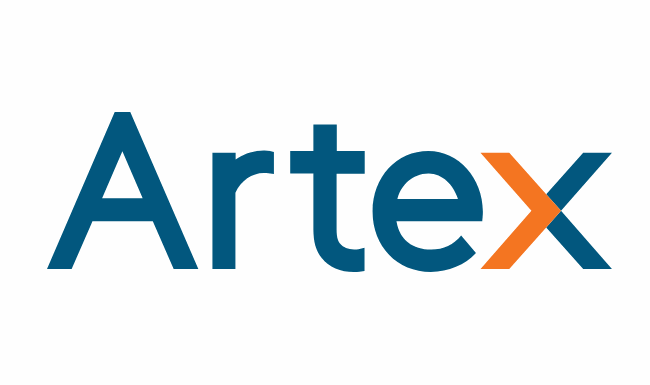
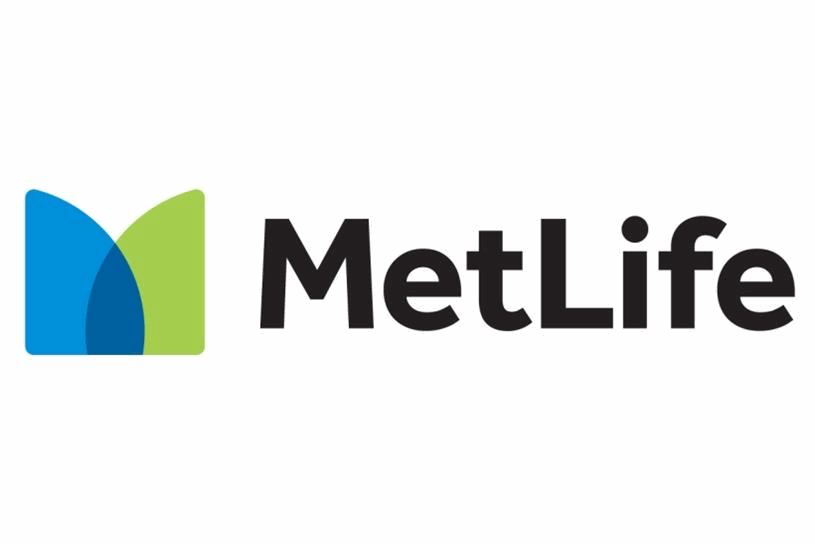

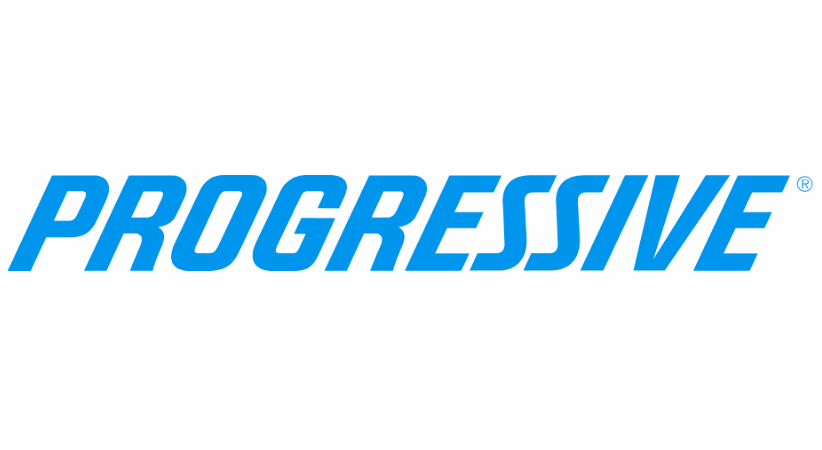
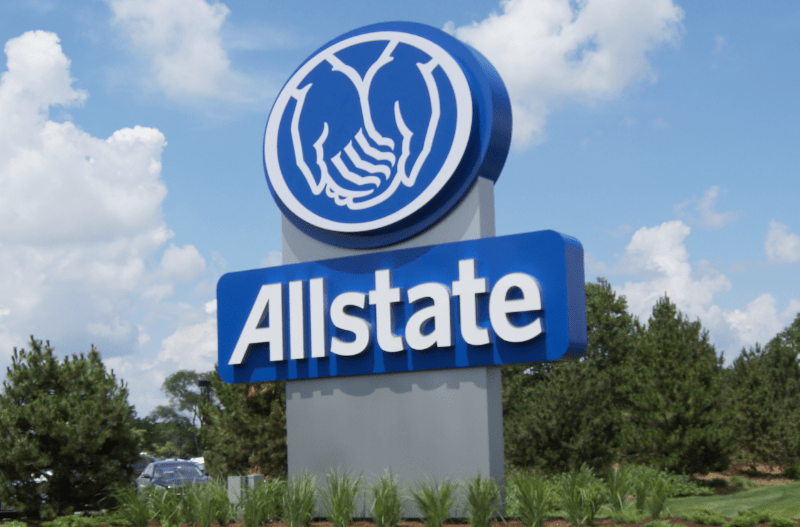
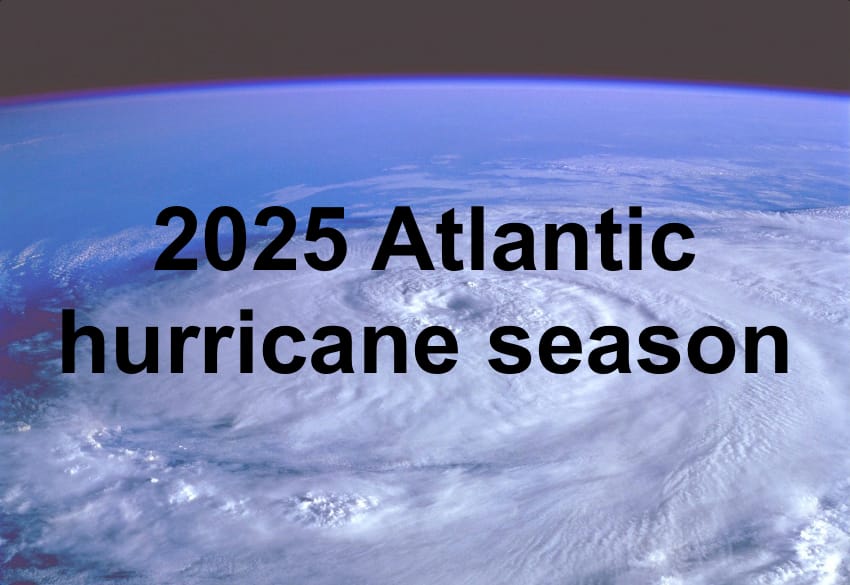
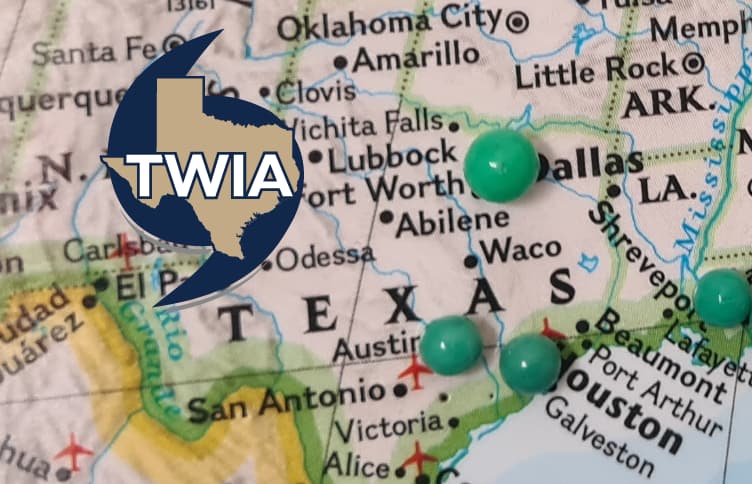

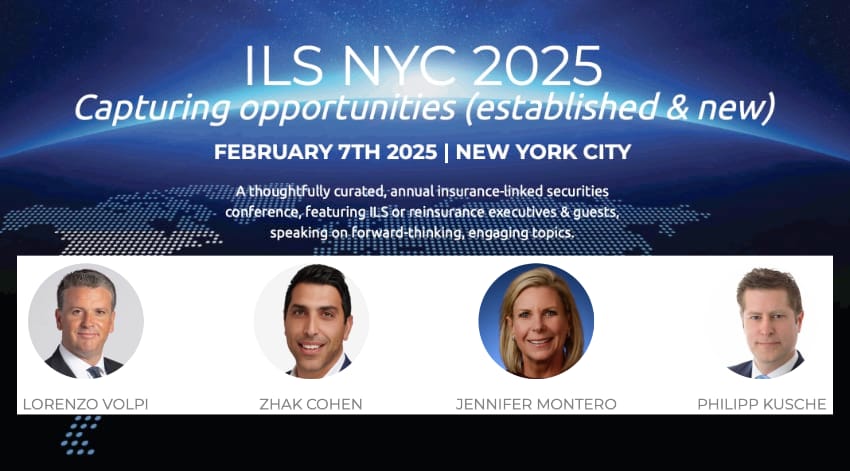


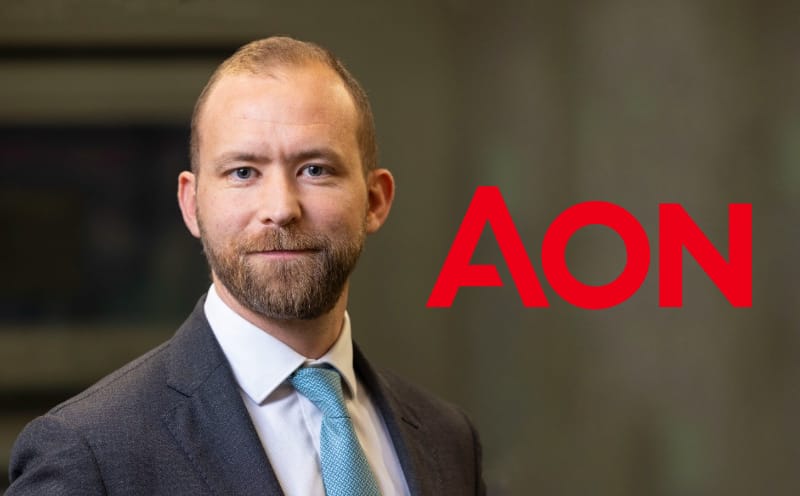








 English (US) ·
English (US) ·